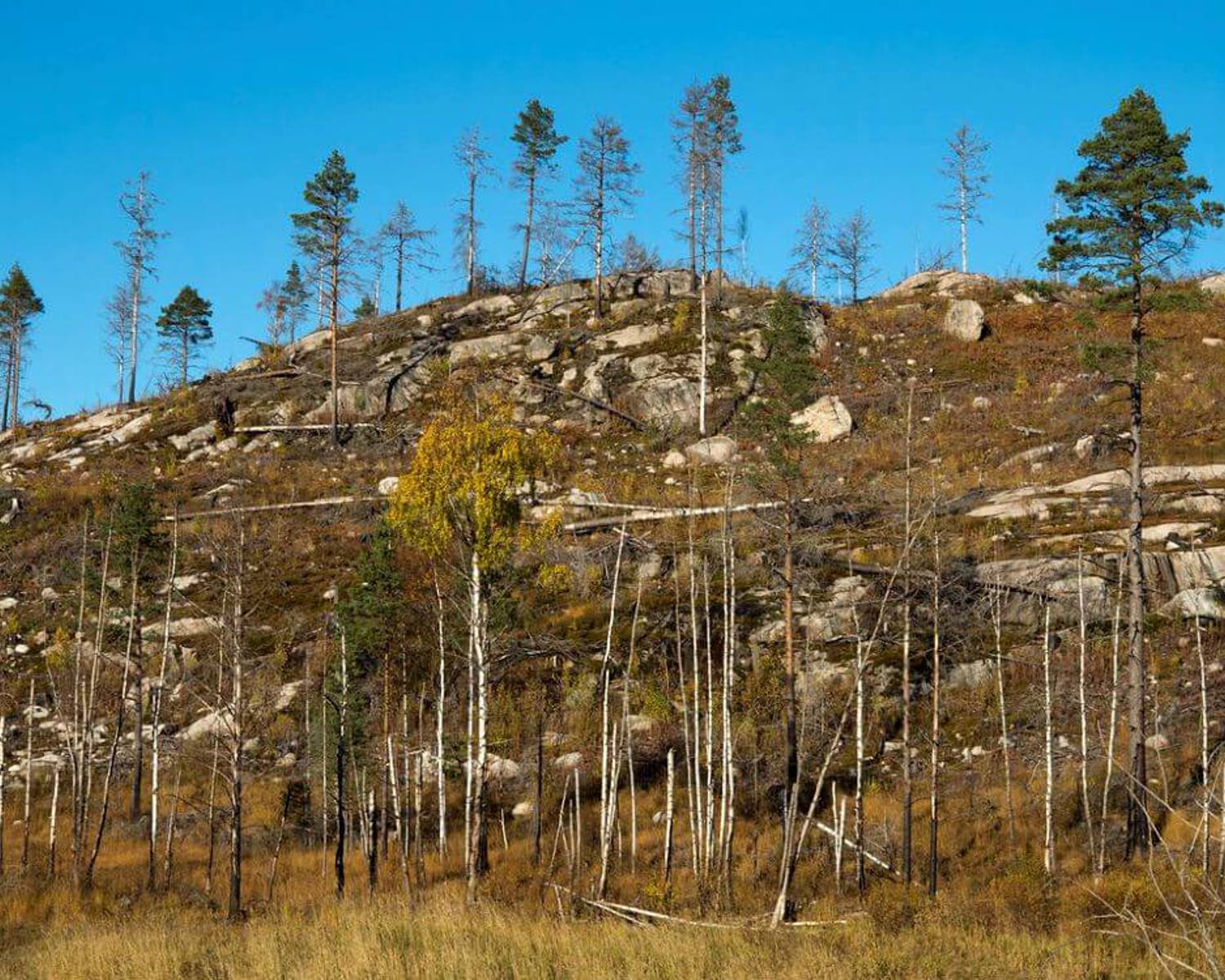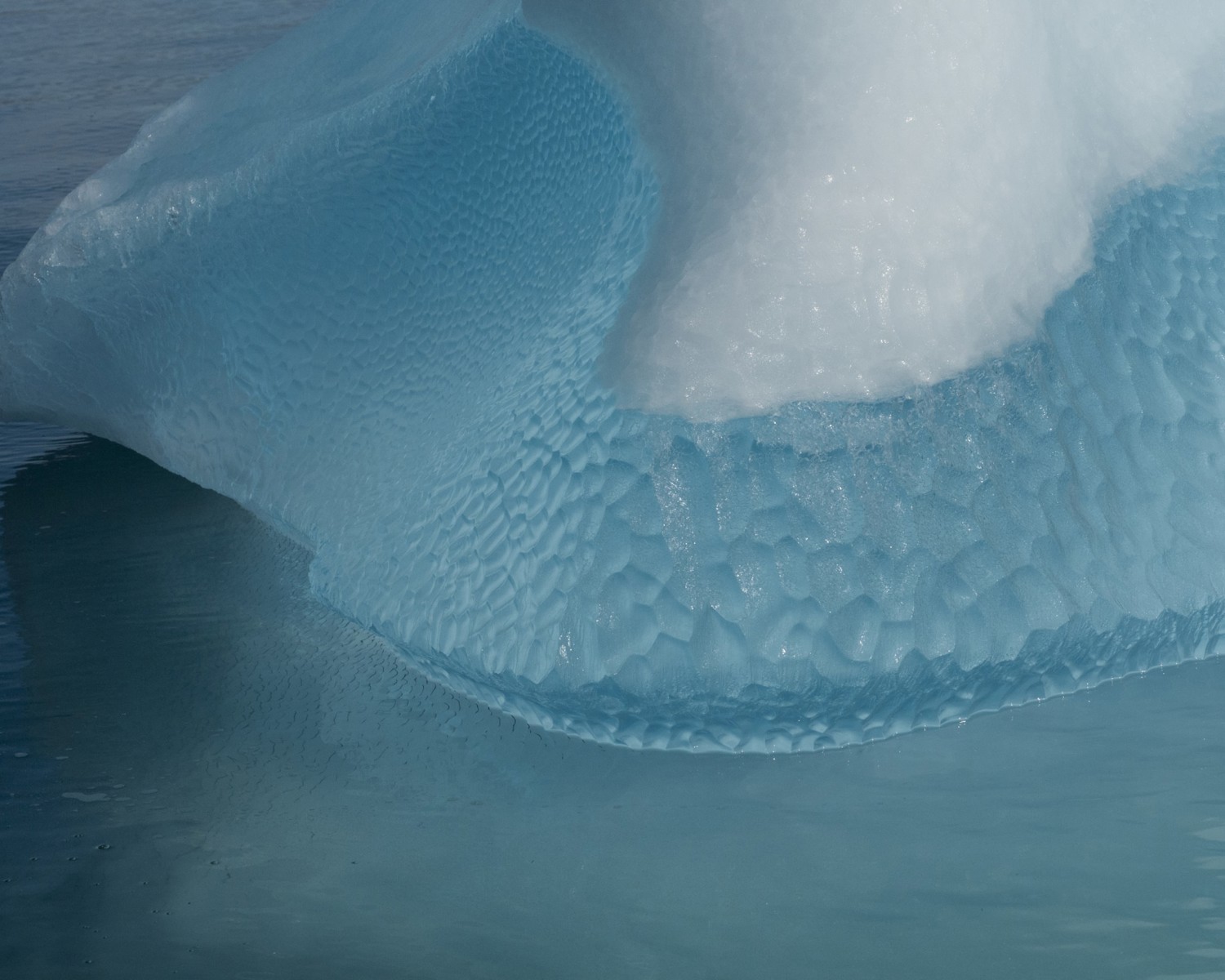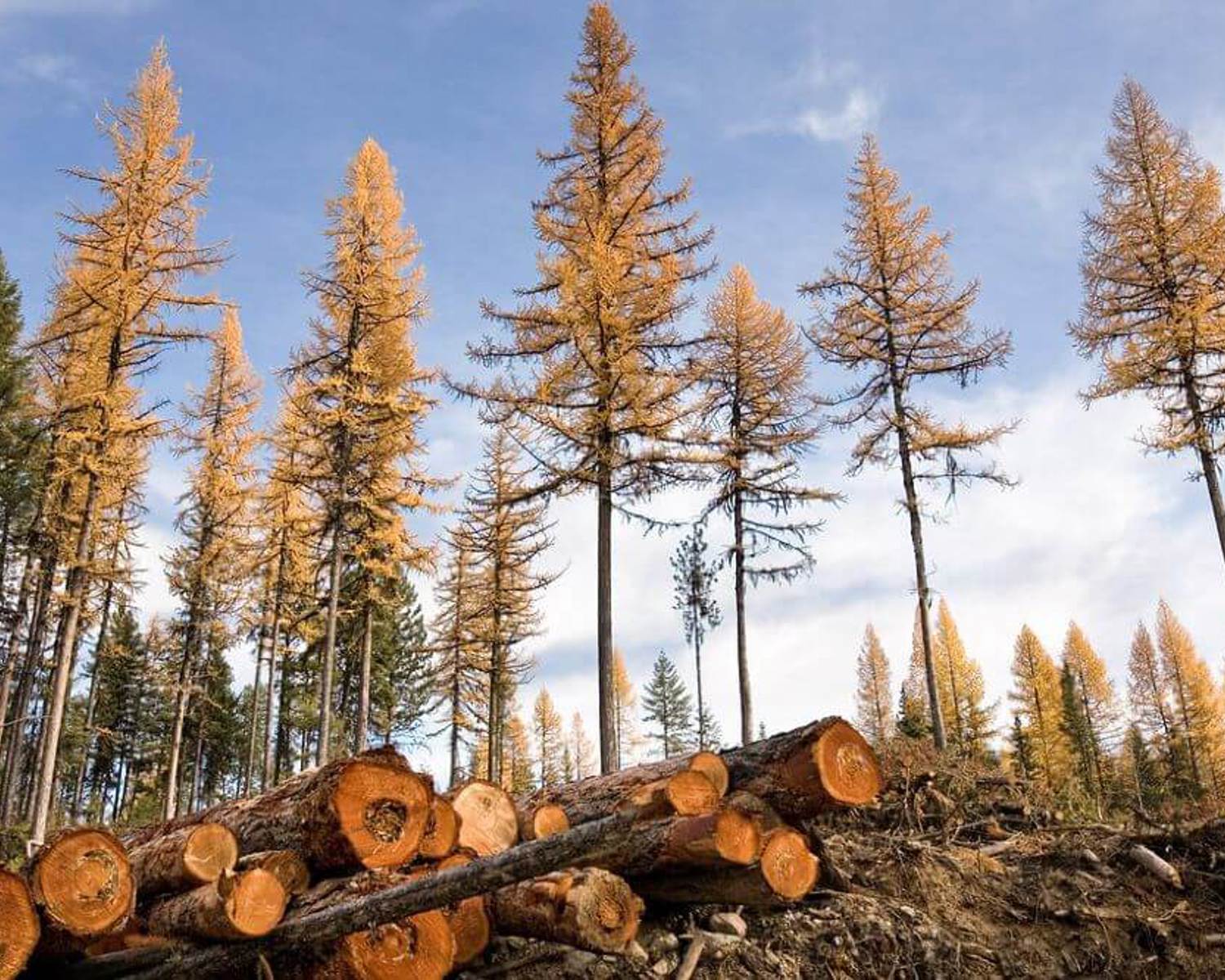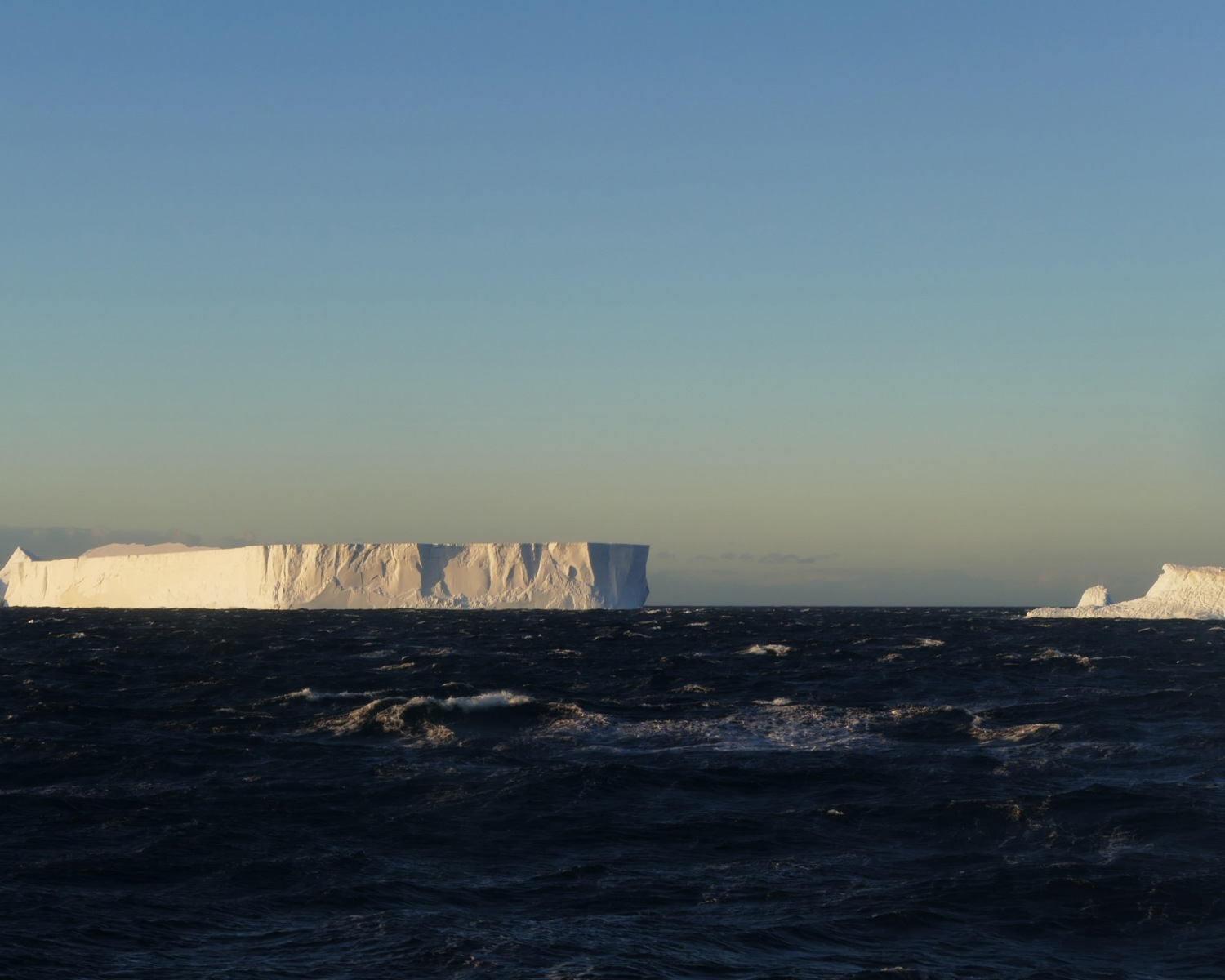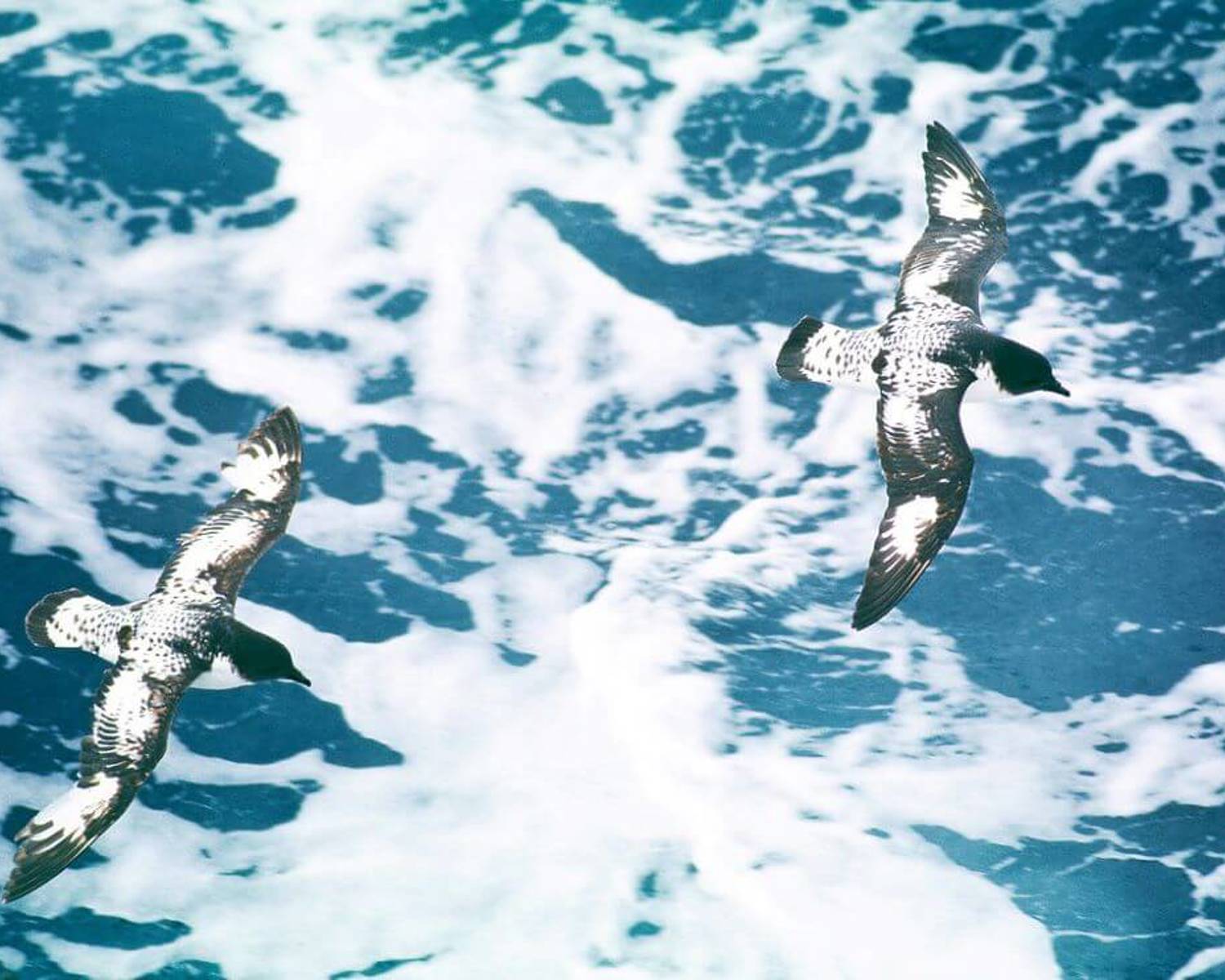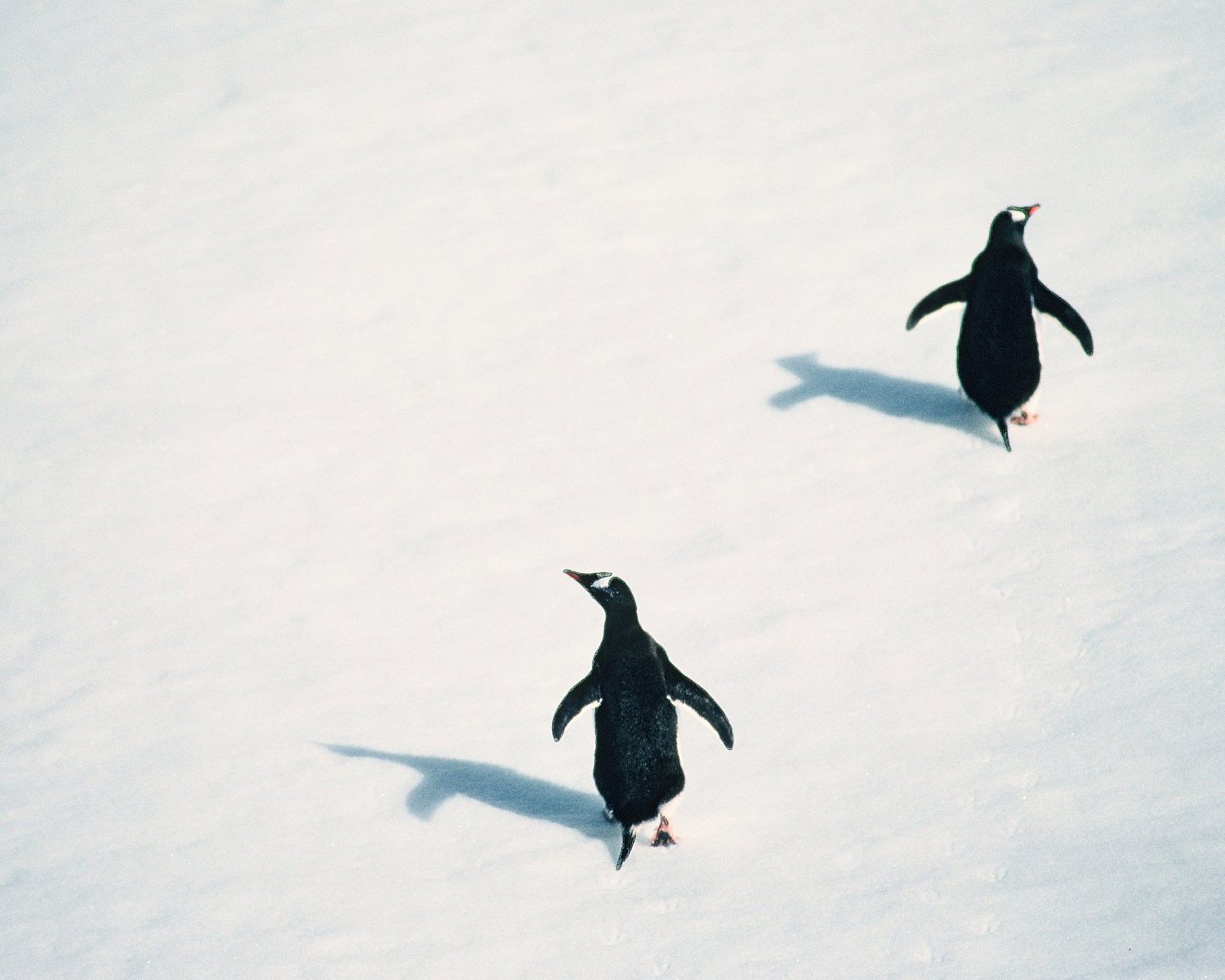Ocean Alkalinity enhancement

Carbon uptake in the ocean mainly occurs directly through ocean-atmosphere interaction or through weathering processes. Due to this uptake of carbon, the oceans turn more acidic overtime, and since the start of the industrial revolution oceans have become 30% more acidic. This has all sorts of effects as it, for example, impacts marine biochemistry, and prevents certain organisms from successfully growing.
Ocean Alkalinity Enhancement (OAE) seeks to counter the acidification of the oceans and enhance their Ph by introducing alkalinity (Renforth and Henderson 2017). This would serve to restore the oceans to a previous state, and it could also increase the future carbon uptake potential of the ocean. Although most attention has been paid to enhanced weathering on land (NASEM 2022), OAE is increasingly being considered as one of the main potential ocean based CDR methods. There are different potential OAE techniques, with GESAMP (2019) listing the following: Adding lime directly to the ocean, Adding carbonate minerals to the ocean, Accelerated weathering of limestone, Electrochemical enhancement of carbonate and silicate mineral weathering, Brine thermal decomposition of desalination reject brine, Open ocean dissolution of olivine, Coastal spreading of olivine, and Enhanced weathering of mine waste.
Analysis overview

Technological Readiness Level (TRL)
Low 1
Technological Readiness Level (TRL)
A technology with a TRL of 1-3: TRL 1 – Basic; TRL 2 – Concept formulated; TRL 3 – Experimental proof of concept

Scalability
Medium 2
Scalability
Physically somewhat scalable; linear efficiency

Timeliness for near-future effects
Medium 2
Timeliness for near-future effects
Implemented in time to make some difference, although questionable

Northern + Arctic potential
High 3
Northern + Arctic potential
Very detectable impacts in the Arctic, above the global average; technology ideally/preferably located here

Global potential
High 3
Global potential
Major impacts detected

Cost - benefit
Moderate 2
Cost - benefit
Significant investment costs needed, but still much cheaper than the avoided damage costs (e.g., 30%).

Environmental risks
Some risk 2
Environmental risks
More widespread and possibly regional impacts that extend beyond the immediate solution deployment location

Community impacts
Unknown 0

Ease of reversibility
Easy 3
Ease of reversibility
Easily reversible naturally

Risk of termination shock
Some risk 2
Risk of termination shock
Medium or relatively significant termination shock or damage

Legality/governance
Challenging 2
Legality/governance
Fits within existing structures to a certain degree, but some policy changes are needed to deploy at scale

Scientific/media attention
Medium 2
There has been substantial interest in marine and land-based enhanced weathering as a CDR measure (NASEM, 2022). Some research projects and private companies are already exploring OAE, but many issues still remain open and research would have to be expanded significantly (GESAMP, 2019; NASEM, 2022).
Recently, a protest in the UK against Planetary Technologies plan to add magnesium hydroxide to wastewater gained media attention (www.theguardian.com/uk-news/2023/apr/17/protesters-urge-caution-over-st-ives-climate-trial-amid-chemical-plans-for-bay-planetary-technologies).
Scientific/media attention
Some attention within the scientific community, including published research and funding programmes; some media attention; some commercial interest
References
Bach, L. T., Gill, S. J., Rickaby, R. E., Gore, S., & Renforth, P. (2019). CO2 removal with enhanced weathering and ocean alkalinity enhancement: potential risks and co-benefits for marine pelagic ecosystems. Frontiers in Climate, 1, 7. https://doi.org/10.3389/fclim.2019.00007
Burt, D. J., Fröb, F., & Ilyina, T. (2021). The sensitivity of the marine carbonate system to regional ocean alkalinity enhancement. Frontiers in Climate, 3, 624075. https://doi.org/10.3389/fclim.2021.624075
Caserini, S., Pagano, D., Campo, F., Abbà, A., De Marco, S., Righi, D., ... & Grosso, M. (2021). Potential of maritime transport for ocean liming and atmospheric CO2 removal. Frontiers in Climate, 22. https://doi.org/10.3389/fclim.2021.575900
Doney, S. C., Busch, D. S., Cooley, S. R., & Kroeker, K. J. (2020). The impacts of ocean acidification on marine ecosystems and reliant human communities. Annual Review of Environment and Resources, 45, 83-112.
DOSI (2022). “Ocean Alkalinity Enhancement.” Deep Ocean Stewardship Initiative Policy Brief. https://www.dosi-project.org/wpcontent/uploads/Alkalinity-Enhancement-Policy-Brief.pdf
Fakhraee, M., Li, Z., Planavsky, N., & Reinhard, C. (2022). Environmental impacts and carbon capture potential of ocean alkalinity enhancement. https://doi.org/10.21203/rs.3.rs-1475007/v1
Ferderer, A., Chase, Z., Kennedy, F., Schulz, K. G., & Bach, L. T. (2022). Assessing the influence of ocean alkalinity enhancement on a coastal phytoplankton community. Biogeosciences, 19(23), 5375-5399. https://doi.org/10.5194/bg-19-5375-2022
Foteinis, S., Andresen, J., Campo, F., Caserini, S., & Renforth, P. (2022). Life cycle assessment of ocean liming for carbon dioxide removal from the atmosphere. Journal of Cleaner Production, 370, 133309. https://doi.org/10.1016/j.jclepro.2022.133309
Gentile, E., Tarantola, F., Lockley, A., Vivian, C., & Caserini, S. (2022). Use of aircraft in ocean alkalinity enhancement. Science of the Total Environment, 822, 153484. https://doi.org/10.1016/j.scitotenv.2022.153484
Hartmann, J., Suitner, N., Lim, C., Schneider, J., Marín-Samper, L., Arístegui, J., Renforth, P., Taucher, J., and Riebesell, U. (2023) Stability of alkalinity in ocean alkalinity enhancement (OAE) approaches – consequences for durability of CO2 storage, Biogeosciences, 20, 781–802, https://doi.org/10.5194/bg-20-781-2023
Jin, X.Y. & Cao, L. (2023). Comparison of the carbon cycle and climate response to artificial ocean alkalinization and solar radiation modification. Advances in Climate Change Research. https://doi.org/10.1016/j.accre.2023.03.002
Köhler, P., Hartmann, J., & Wolf-Gladrow, D. A. (2010). Geoengineering potential of artificially enhanced silicate weathering of olivine. Proceedings of the National Academy of Sciences, 107(47), 20228-20233. https://doi.org/10.1073/pnas.1000545107
Moras, C. A., Bach, L. T., Cyronak, T., Joannes-Boyau, R., & Schulz, K. G. (2022). Ocean alkalinity enhancement–avoiding runaway CaCO 3 precipitation during quick and hydrated lime dissolution. Biogeosciences, 19(15), 3537-3557. https://doi.org/10.5194/bg-19-3537-2022
National Academies of Sciences, Engineering, and Medicine. 2022. A Research Strategy for Ocean-based Carbon Dioxide Removal and Sequestration. Washington, DC: The National Academies Press. https://doi.org/10.17226/26278.
Pokharel, R., Wu, G., King, H. E., Kraal, P., Reichart, G. J., & Griffioen, J. (2023). Two Birds With One Stone: Artificially Enhanced Olivine Weathering for Sediment Management and CO2 Sequestration in the Port of Rotterdam (No. EGU23-10281). Copernicus Meetings. Available at: https://ui.adsabs.harvard.edu/abs/2023EGUGA..2510281P/abstract
Renforth, P., & Henderson, G. (2017). Assessing ocean alkalinity for carbon sequestration. Reviews of Geophysics, 55(3), 636-674. https://doi.org/10.1002/2016RG000533
Taylor, L. L., Quirk, J., Thorley, R. M., Kharecha, P. A., Hansen, J., Ridgwell, A., ... & Beerling, D. J. (2016). Enhanced weathering strategies for stabilizing climate and averting ocean acidification. Nature Climate Change, 6(4), 402-406. https://doi.org/10.1038/nclimate2882
Wang, H., Pilcher, D. J., Kearney, K. A., Cross, J. N., Shugart, O. M., Eisaman, M. D., & Carter, B. R. (2023). Simulated impact of ocean alkalinity enhancement on atmospheric CO2 removal in the Bering Sea. Earth's Future, 11(1), e2022EF002816. https://doi.org/10.1029/2022EF002816

